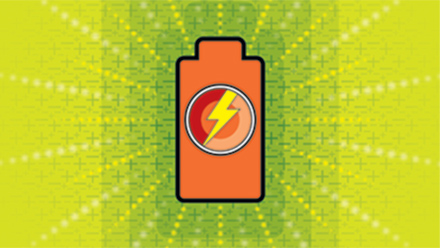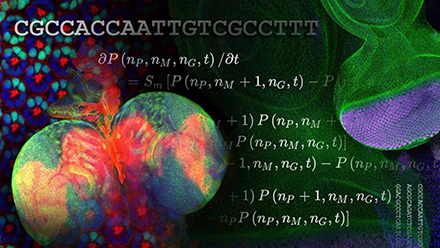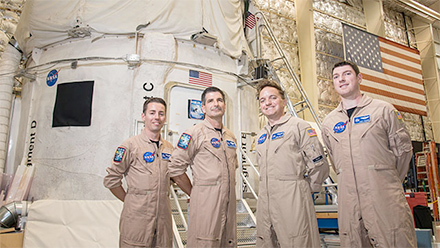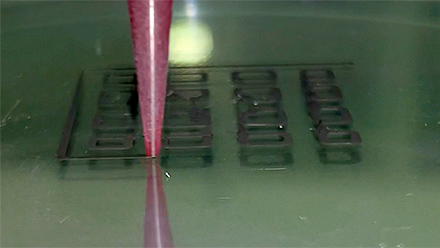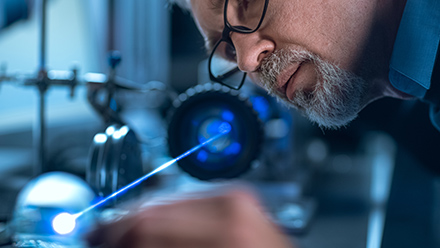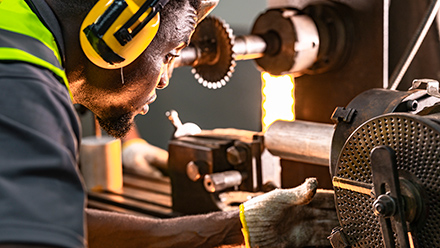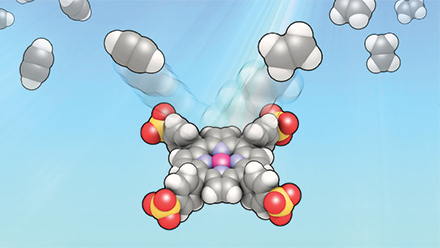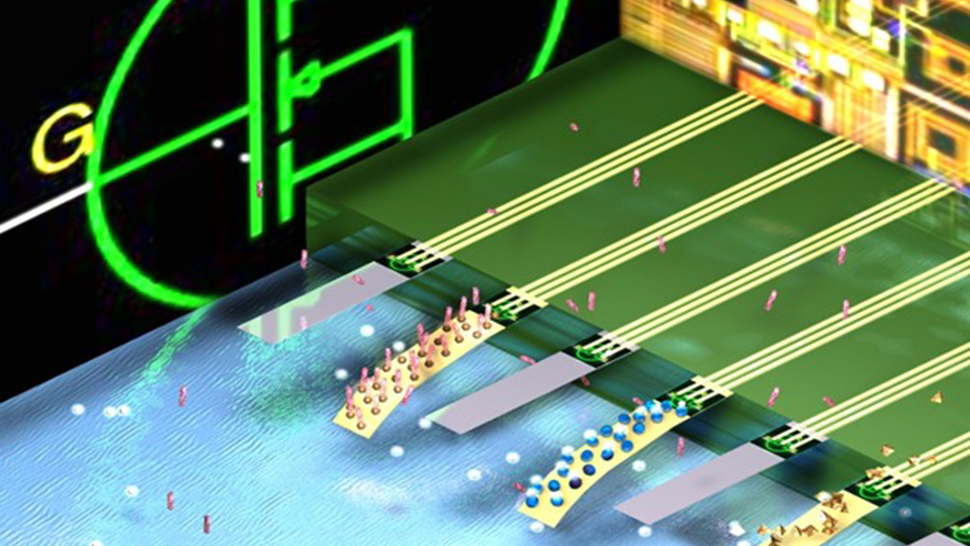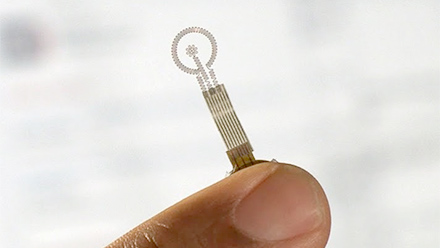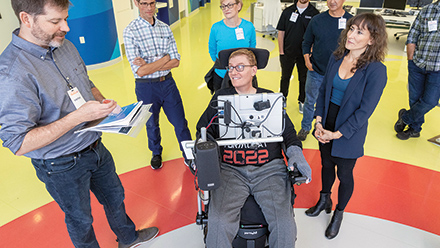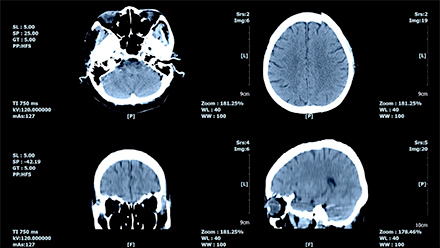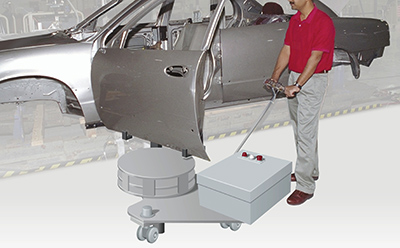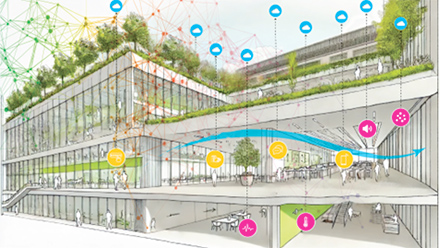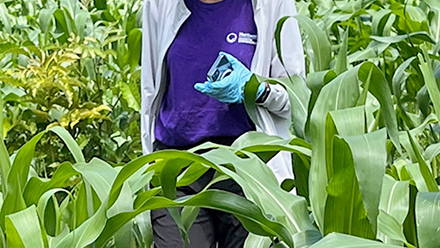National Academy Members
performing engineering research at the top of their fields
Inspired by and touching on nearly every area of society and daily life
At Northwestern Engineering, our research — in areas ranging from medicine to manufacturing to energy to safety — is inspired by and touches on nearly every area of society and daily life. We are constantly connecting disciplines and collaborating with partners both internal and external to Northwestern to explore innovative ideas and achieve something new.
Jump to an area to see how we're impacting lives:
DATA FOR DISCOVERY Manufacturing Energy Optimization & Productivity HEALTHCARE Safety & Security Resilient Communities VIRTUAL EXPERIENCES
Bringing together the best minds from around the world
performing engineering research at the top of their fields
bringing together interdisciplinary collaborators
in 2024 according to Clarivate
in fiscal year 2024
We are using data science, machine learning, and AI models to build knowledge and accelerate discoveries in a wide variety of areas.
We are rapidly predicting the properties of electrolyte mixtures, significantly speeding up and guiding the discovery of more efficient and longer-lasting electrolytes for batteries.
Building on the explosion of available experimental data, we are using mathematical theory to understand, and even bioengineer devices based on, biological systems.
Visit the NSF-Simons National Institute for Theory and Mathematics in Biology (NITMB)
We're using network analysis and social science to build better teams for work ranging from international research to space expeditions.
Visit the Science of Networks in Communities (SONIC) research group
Our research impacts every aspect of the manufacturing and service sector, from developing better materials and methods for building products to ensuring worker productivity and safety on a factory floor. We are even getting ready to supply an extra set of hands when they're needed.
Our researchers have developed an additive manufacturing technique to create more robust, ceramic-based superconductor materials with greater design flexibility.
Our new technique using computer vision metrology could lead to faster, more precise and economical manufacturing of everything from traditional machine tools to the assembly of cars and robots.
Our wearable, multimodal sensor system leverages machine learning to provide near-real-time fatigue prediction and reporting on the factory floor to avoid injuries and improve performance.
Global energy demand keeps rising — an increase of 47 percent by 2050 is predicted by the US Energy Information Administration — while much of our energy still comes from finite resources. To meet rising demand and keep our economy moving forward, we are taking a holistic approach to energy challenges by looking at the entire cycle of creation and use.
Our researchers are developing hydrogen-based energy technologies, working to provide a scientific foundation for practical developments in carbon-neutral energy. Our next-generation, perovskite-based solar cells achieve record-breaking efficiency and performance, which could support more reliable, cost-effective, and widely-adopted solar panels in the future.
Our researchers developed new algorithms that increase the speed and efficiency of routing power across the electric grid. We also developed a framework for designing electrically active fluids that can store electricity efficiently, which could support grid-scale energy storage.
We’re creating innovative electrocatalysis processes that support the efficient production of sustainable fuels, such as green hydrogen. We’re also developing nanoelectronic devices that perform accurate machine-learning classification tasks using 100-fold less energy than current technologies.
Improving decision-making and processes in complex environments
Through algorithms, computation, and mathematical modeling, our researchers are developing decision-support tools that improve society. Our custom data visualization system, for example, is used by the Bank of America Chicago Marathon to help race officials plan medical aid. Our algorithms have been adopted by industry to help build chemical plants, forecast weather, devise more efficient plane routes, and ensure donated kidneys reach patients.
Training the next generation of researchers
Starting at the undergraduate level, we are training the researchers of tomorrow to continue making discoveries that will improve our lives.
trained in research labs in 2024
working in more than 250 labs
Our research optimizes the human health span through new techniques to diagnosis, monitor, treat, and rehabilitate patients. Our pursuits not only seek cures and longevity, but access to improved quality of life for millions of people.
Currently, HIV is diagnosed via high-cost tests run in labs with long processing times and requiring multiple patient visits. Our researchers have developed a new nanomechanical technology to detect HIV in a matter of minutes that can be easily built into a solar-powered device and brought to hard-to-reach populations. Similar principles have also been used to create a highly sensitive water contamination detection tool.
The body’s inability to jump-start the regeneration of diseased, injured, or missing tissue is one of the greatest challenges faced by patients and surgeons. Our researchers have developed tools that support complex tissue and organ regeneration or reconstruction, such as novel biomaterials to improve bladder tissue regeneration, regrow damaged cartilage in knee joints, and regenerate bone following musculoskeletal surgeries. They also introduced the first transient electronic bandage, which speeds up the healing of diabetic ulcers by 30 percent.
To aid patients in recovering from conditions such as stroke, arthritis, and Parkinson’s disease, we developed a prototype ring-shaped device that employs innovative electroadhesive clutches to provide controlled resistance for training finger muscles. And for those who use wheelchairs, our researchers are developing the first active-driving assistance system, increasing access to safe, independent power wheelchair operation.
New research from the Center for Physical Genomics and Engineering uncovers how 3D genome structures generate cellular memories, paving the way for advances in medicine and longevity through cellular reprogramming.
Our research creates a safer environment in the factory, in the air, and in society at-large.
Our AI models trained on unclassified, open-source data can predict terrorist attacks, combat drone-based assaults, aid in deepfake and malware detection, and counter advanced phishing and cyber-attacks in real time.
In 1995, our researchers developed collaborative robots (cobots) that work safely alongside humans to move and manipulate heavy objects, revolutionizing assembly lines by reducing physical strain on workers. Their invention, initially funded by General Motors, has significantly improved the efficiency and safety of industrial tasks.
The World Health Organization estimates that at least one in 10 pharmaceuticals consumed in low- and middle-income countries is either substandard or falsified. Using supply-chain data, our researchers modeled the flow of degraded or counterfeit versions of medications, which could aid regulators in targeting their intervention resources.
To support a community’s health and prosperity, we must develop methods of building, preserving, and restoring systems that support human activities and communities. From construction methods that are resilient to climate impacts to strategies for preventing food and water shortages to efficient new ways to move people, goods, energy, and information, we're designing the cities and towns of the future.
Rather than trying to sequester carbon dioxide, our researchers have developed a method for transforming it into a valuable material for making concrete, cement, plaster, and paint. The process also releases hydrogen gas — a clean fuel with many uses, including transportation. Other researchers are using data to design more efficient rain gardens that could prevent flooding and reduce pollution of waterways from stormwater runoff.
We think about water challenges holistically. We created a highly sensitive, rapid water quality test that detects extremely low concentrations of metals in a matter of minutes, allowing us to better protect public health. We are designing new ways to clean our water. Our specialized nanoparticle sponge absorbs water contaminants such as oil, lead, copper, and zinc. And we are developing innovative technology that allows us to foster workplace opportunities by attracting water-intensive manufacturers to the Great Lakes, while recovering valuable energy and minerals from industrial wastewater.
Leveraging in vitro synthetic biology, our researchers have developed a hand-held diagnostic tool that allows farmers in low-resource settings to diagnose disease in crops before symptoms even appear. The technology could one day be used as part of famine mitigation strategies, saving yields before it is too late.
Our research covers a range of transportation and logistical issues facing communities: from exploring the complexity surrounding the movement of materials, energy, and information to studying the behavioral patterns of demographic and geographic groups to understand how they would react to evacuation orders or access to new types of transportation. Using this new knowledge, we are better equipped to craft the policies that govern such movements, and the infrastructure required to support them.
Bringing new degrees of interaction, capability, and accessibility
Our researchers are reimagining what’s possible in the virtual realm. A haptic patch worn on the skin could deliver more immersive sensory experiences, including vibrations, pressure, and twisting, to both gamers and people with visual impairments. A recently developed app supports real-time, full-body motion capture using sensors already embedded in consumer mobile devices, democratizing access to a traditionally expensive technology.
